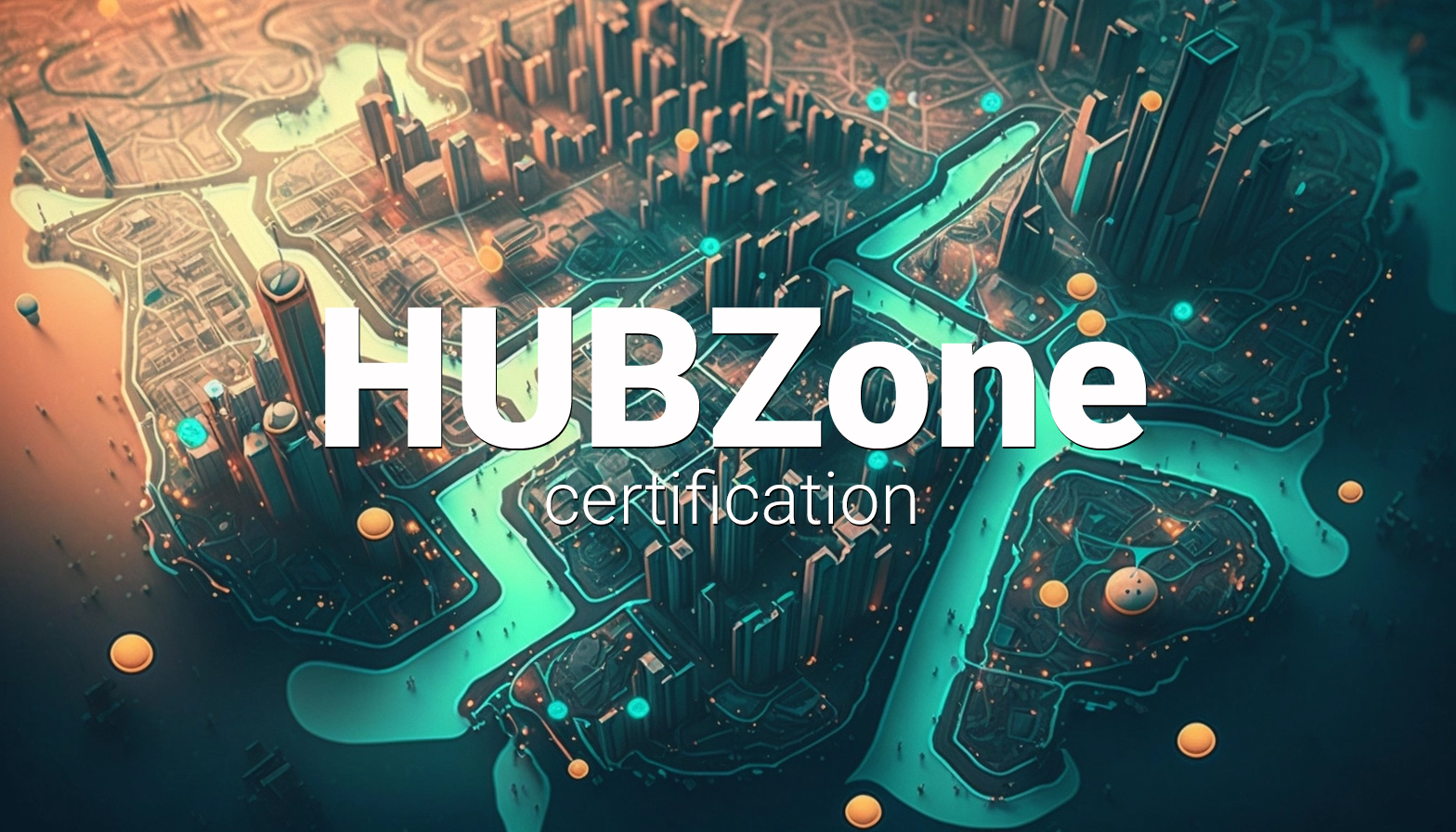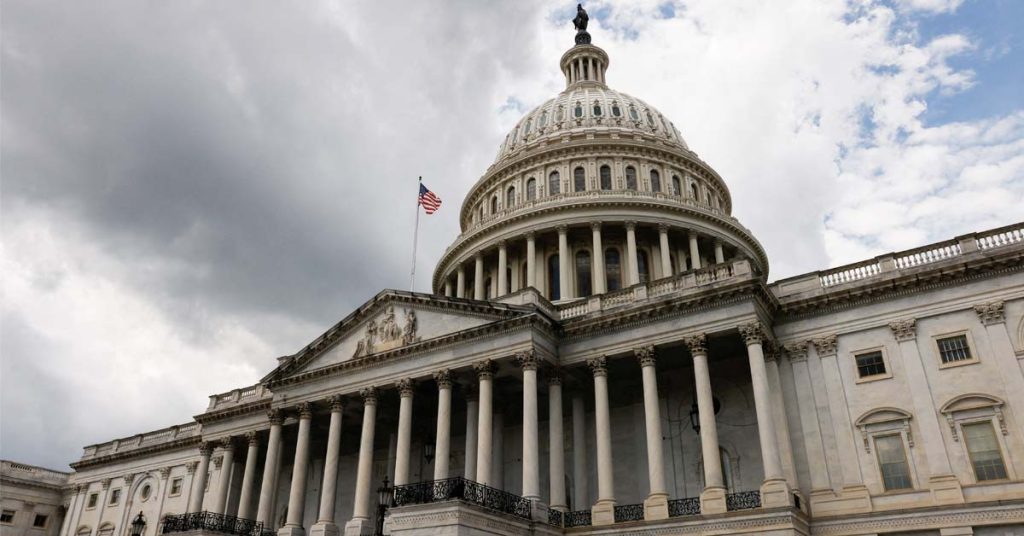The Historically Underutilized Business Zones (HUBZone) program, established by the U.S. Small Business Administration (SBA), plays a pivotal role in stimulating economic growth and opportunity in areas that have historically been overlooked. Its primary aim is to foster job creation, investment, and economic development in these underserved communities by granting certain privileges to small businesses that operate and employ people living in these areas.
- Understanding HUBZone
- HUBZone Certification Requirements
- The Certification Process
- Monitoring Your Application Status
- Benefits of HUBZone Certification
- Conclusion
The essence of the HUBZone program is not just to redress economic imbalances, but to tap into the untapped potential of these areas. By qualifying for HUBZone certification, small businesses gain a competitive edge in securing federal contracts. This is not merely a policy of preference but a strategic move to diversify the economic bases of these communities, leading to more resilient and sustainable local economies.
Statistics underscore the substantial impact of the HUBZone program. As of the latest reporting, HUBZone-certified businesses secured over $10 billion in federal contracts in a single fiscal year, a testament to the program’s effectiveness in channeling federal spending into areas that need it most. Moreover, these contracts are not just numbers on a page; they translate into real, high-quality jobs for residents, with HUBZone firms reporting an average increase in employment of 15% annually. This is particularly noteworthy given that many of these areas face unemployment rates significantly above the national average.
Furthermore, the multiplier effect of these contracts cannot be overstated. For every $100,000 in federal contracts awarded to HUBZone businesses, there is an estimated $2.5 million indirect impact on the local economy, encompassing everything from increased demand for local services to improvements in infrastructure. This cycle of investment and development is crucial for the long-term vitality of HUBZone areas, demonstrating the program’s role not just in immediate job creation but in laying the groundwork for sustainable growth.
In essence, the HUBZone program represents a critical nexus between federal procurement policy and economic development strategy, offering a lifeline to communities that have been left behind. As we delve deeper into the specifics of HUBZone certification, it’s clear that this program is not just about meeting quotas or fulfilling administrative criteria; it’s about building a more inclusive and equitable economy that recognizes the value and potential of every community.
Understanding HUBZone
At the core of the HUBZone program are several key terms and definitions essential for businesses aiming to navigate the certification landscape:
- HUBZone: A “Historically Underutilized Business Zone” refers to areas identified by the SBA as having low income, high unemployment, or both. These include specific census tracts, qualified non-metropolitan counties, lands within the boundaries of federally recognized Indian reservations, and military bases closed by the Base Realignment and Closure Act.
- Principal Office: The location where the greatest number of the business’s employees at any one location perform their work. However, for businesses whose primary industry is services or construction, the location of employees, not the firm’s office, will determine the principal office if more than 50% of its employees perform their work at job-site locations to fulfill specific contract obligations.
- 35% Employee Residency Requirement: A stipulation that at least 35% of a business’s employees must reside in a HUBZone. This requirement ensures that the benefits of the HUBZone certification extend to the communities intended to be served by the program.
A Brief History of the Program’s Creation and Evolution
The HUBZone program was enacted into law as part of the Small Business Reauthorization Act of 1997. Its creation stemmed from a growing recognition of the need to stimulate economic activity and employment in distressed areas, facilitating a more equitable distribution of federal contract dollars.
Initially, the program focused on providing federal contracting opportunities as a direct incentive for small businesses to locate and hire in underutilized areas. Over the years, the program has undergone several revisions to enhance its effectiveness and reach. Notably, changes have been made to address challenges faced by businesses in maintaining their HUBZone status due to the dynamic nature of economic and demographic changes in designated areas. These revisions have included allowances for businesses to retain their HUBZone status for a longer period following the loss of eligibility due to such changes, thus providing a greater degree of stability and predictability for businesses committed to supporting HUBZone communities.
Additionally, the SBA has made efforts to streamline the application and recertification processes, incorporating technological advancements to reduce paperwork, expedite processing times, and improve the overall user experience for businesses seeking certification.
As the program has evolved, so too has its impact. From its inception to the present day, the HUBZone program has been instrumental in channeling billions of dollars into economically distressed areas, creating jobs, and fostering an environment where small businesses can grow and thrive. By continually adapting to meet the needs of both small businesses and the communities they serve, the HUBZone program remains a vital component of the federal government’s broader economic development and inclusion strategies.
HUBZone Certification Requirements
Achieving HUBZone certification is a strategic step for small businesses aiming to leverage the benefits of this federal program. Understanding and meeting the certification requirements is crucial. Here’s a detailed breakdown of these prerequisites:
Criteria for Being Considered a Small Business
To qualify for the HUBZone program, a business must first meet the SBA’s size standards, which vary by industry. These standards are typically based on the average number of employees over the past 12 months or on annual revenues, depending on the industry sector. For example, a manufacturing company might be considered small if it has 500 or fewer employees, while a consulting firm might require annual revenues not to exceed $7 million.
Ownership and Control Requirements
- Ownership: The firm must be at least 51% owned by U.S. citizens or, in certain cases, a Community Development Corporation, an agricultural cooperative, a Native Hawaiian organization, or an Indian tribe.
- Control: The management and daily operations must be controlled by the business owner(s) who meet the ownership criteria. This ensures that decisions and the direction of the business are firmly in the hands of those who qualify under the HUBZone criteria.
Different ownership structures, such as partnerships, corporations, and sole proprietorships, can meet these criteria, provided the controlling interest remains with the individuals or entities that qualify under the HUBZone program. For instance, in a corporation, this means that at least 51% of the stock must be owned by persons who are either U.S. citizens or a part of the groups mentioned above.
Principal Office and 35% Employee Residency Requirement
- Principal Office: This is defined as the location where the majority of a company’s employees perform their work. For businesses without a single location where a majority of employees work, like construction or service companies, the principal office is considered the location where the greatest number of employees work, excluding those working on job sites.
Example: A tech startup with 30 employees has 20 working at its headquarters in a HUBZone, while the rest are remote or at non-HUBZone locations. The headquarters would be considered the principal office because it’s where the majority of employees work. - 35% Employee Residency Requirement: At least 35% of the business’s employees must live in a HUBZone. This is calculated at the time of application and must be maintained throughout the certification period.
Example: If a small consulting firm employs 10 people, at least four must live in a HUBZone. If the firm hires two more employees not residing in a HUBZone, at least one additional employee living in a HUBZone must be hired to maintain the 35% requirement.
Step-by-Step Guide to Using the SBA’s Interactive Map
- Access the Map: Visit the SBA’s official HUBZone map on their website.
- Search Your Location: Enter your business address or the addresses of your employees in the search bar to check if they are within a designated HUBZone.
- Analyze the Results: The map will display areas in color-coded formats, indicating HUBZone areas. If your location is highlighted, it is within a HUBZone.
- Documentation: For application purposes, document the map’s findings as proof of your business’s eligibility.
- Periodic Checks: Since HUBZone designations can change, periodically check the map to ensure your business and employees’ residences continue to qualify.
This rigorous set of requirements is designed to ensure that the benefits of the HUBZone program reach the businesses and communities that the program is intended to support. By closely adhering to these guidelines, eligible small businesses can successfully navigate the certification process and harness the growth opportunities offered by the HUBZone program.
The Certification Process
Navigating the HUBZone certification process requires meticulous attention to detail and a clear understanding of the steps involved. Here’s an in-depth guide to successfully obtaining HUBZone certification for your business:
1. SAM Registration
The first step in the HUBZone certification process is registering your business in the System for Award Management (SAM). SAM is the primary database for vendors doing business with the federal government. To register, you’ll need several key identifiers:
- DUNS Number: A unique nine-digit identification number provided by Dun & Bradstreet (D&B) for each physical location of your business.
- EIN: Your Employer Identification Number (EIN), also known as a Federal Tax Identification Number, issued by the IRS.
- NAICS Code: The North American Industry Classification System (NAICS) code that best describes your business’s primary activities.
- CAGE/NCAGE Number: The Commercial and Government Entity (CAGE) code or NATO Commercial and Government Entity (NCAGE) code assigned to your business for identification in government systems.
Ensuring accurate and up-to-date information during SAM registration is crucial, as it forms the basis for your HUBZone application.
2. Application Process through GLS and SBA
Once your SAM registration is complete, you’ll proceed with the application process through the SBA’s General Login System (GLS). Here’s a detailed overview:
- Access GLS: Log in to your GLS account on the SBA website and navigate to the HUBZone section.
- Submit Application: Complete the HUBZone certification application, providing detailed information about your business, ownership, control, and HUBZone eligibility.
- Verification Process: After submitting your application, the SBA will review it for completeness and accuracy. You may be asked to provide additional documentation to support your eligibility.
- Confirmation Email: Upon successful submission, you’ll receive a confirmation email with instructions on verifying your application within 10 business days.
3. Application Verification Process and Necessary Documents
During the verification process, the SBA will review your application and supporting documentation to ensure compliance with HUBZone requirements. Commonly requested documents include:
- Articles of Incorporation/Organization
- Bylaws/Operating Agreement
- Proof of U.S. citizenship for owners
- Lease or property documents for the principal office
- Employee residency documentation
- Other relevant financial and business records
It’s essential to respond promptly to any requests for additional information to expedite the review process.
4. Processing Times and Tips for Expediting
The processing time for HUBZone certification applications varies but typically takes around 90 days. However, factors such as application complexity and workload volume can affect processing times.
To expedite the process:
- Ensure all required documents are accurate and complete before submission.
- Respond promptly to any requests for additional information from the SBA.
- Follow up regularly with the SBA to check the status of your application.
- Consider seeking assistance from HUBZone consultants or advisors familiar with the certification process.
By understanding the intricacies of the certification process and proactively addressing potential challenges, you can navigate the journey to HUBZone certification confidently and efficiently.
Monitoring Your Application Status
Keeping track of the status of your HUBZone certification application is essential for staying informed and ensuring a smooth process. To monitor your application status, follow these steps:
- Access the SBA Website: Visit the Small Business Administration (SBA) website and navigate to the HUBZone section.
- Log In: Use your User ID and password to log in to the SBA’s General Login System (GLS).
- Navigate to HUBZone Electronic Application: Once logged in, locate the HUBZone icon and click on it to access the HUBZone Electronic Application portal.
- Check Application Status: Within the HUBZone Electronic Application portal, you’ll find your application number and corresponding status. The status will indicate whether your application is pending review, under evaluation, or if any additional information is required.
Regularly checking your application status allows you to stay informed of any updates or requests from the SBA and ensures that you can promptly address any issues that may arise during the certification process.
Benefits of HUBZone Certification
The benefits of HUBZone certification extend far beyond mere eligibility for federal contracts. Businesses that obtain HUBZone certification gain access to a wealth of opportunities, including preferential treatment in government procurement processes and increased competitiveness. Statistical data and studies consistently highlight the tangible advantages of HUBZone certification, with research demonstrating the significant impact of the 10% price evaluation preference in enhancing the success rate of HUBZone-certified businesses in securing contracts. This preference not only fosters growth and sustainability for certified firms but also contributes to the overall economic development and revitalization of historically underutilized communities across the nation.
Conclusion
In conclusion, HUBZone certification serves as a pivotal tool for fostering economic empowerment and revitalization in underserved communities while offering small businesses a pathway to growth and success. By providing preferential treatment in federal procurement processes and promoting job creation and investment in historically underutilized areas, the HUBZone program plays a vital role in advancing both individual enterprises and the broader community. As businesses across various industries seek to navigate the complexities of federal contracting, Price Reporter stands ready to assist and guide them through the HUBZone certification process, empowering them to seize the abundant opportunities that await in the government marketplace. For potentially eligible businesses, now is the time to take action and explore the transformative possibilities of HUBZone certification.









The article does an excellent job of highlighting the strategic benefits of HUBZone certification. Understanding the broader economic impact and the specific advantages for small businesses makes a compelling case for pursuing this certification.
I appreciate the detailed breakdown of the certification requirements and the step-by-step guide to the application process. It’s great to have such precise guidelines that help prospective businesses understand what’s expected and how to prepare.
The impact of the HUBZone program on local economies, as detailed in the article, is truly inspiring. Statistics about job creation and the multiplier effect of federal contracting show how critical this program is for fostering sustainable growth in underserved areas.
This comprehensive guide really demystifies the process of becoming HUBZone-certified. It’s fantastic to see such clear, actionable advice for small businesses looking to leverage this valuable certification to aid in community development and gain a competitive edge in federal contracting.